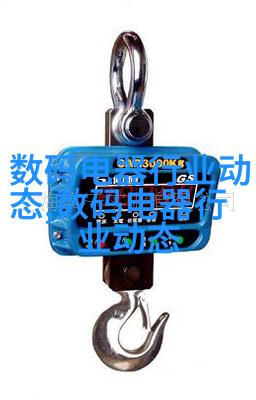
芯片的秘密揭开硅金属与绝缘材料的神秘面纱
芯片的秘密:揭开硅、金属与绝缘材料的神秘面纱

硅:半导体之源
硅是一种在电子工业中不可或缺的元素,它具有独特的电性质,能够在适当条件下表现出导电和绝缘两种状态。这种半导体特性使得硅成为制备集成电路(IC)所必需的关键材料。在芯片制造过程中,硅单晶作为基底,在高温下与其他化学物质反应形成微观结构,从而实现逻辑门、存储器等基本功能。

金属:连接与传输
在芯片内部,金属不仅用于提供必要的机械支持,还承担着重要的电子信号传递角色。铜是最常用的金属材料,由于其低阻抗、高导数以及良好的热扩散性能,使得它成为最佳选择。然而,不同类型和层次上的金属线具有不同的设计要求,以确保信号传输效率和稳定性,同时也需要考虑到热管理问题。

绝缘材料:隔离与保护
Absolute isolation is crucial for the operation of integrated circuits, and that's where insulating materials come into play. In the fabrication process, a thin layer of silicon dioxide (SiO2) or silicon nitride (Si3N4) is deposited on top of the semiconductor material to separate different electronic components and prevent unwanted current flow between them.

铝合金:光刻胶基材
Aluminum alloy is another critical component in IC manufacturing due to its reflective properties during photolithography processes. The aluminum layer serves as a mirror-like surface that allows light to bounce off, enabling precise pattern transfer from masks onto the chip substrate through photoresist materials.

电解液:蚀刻精度提升
For deep reactive ion etching (DRIE), an electrolyte solution plays a vital role in achieving high precision and uniformity when removing excess material from specific areas of the chip design. The composition of this liquid determines how efficiently it can dissolve certain substances while protecting others during various stages of microfabrication.
量子点纳米技术新兴应用
Quantum dots are tiny crystalline structures composed primarily of semiconductor materials with diameters ranging from 2-10 nanometers, offering promising prospects for future advancements in optoelectronic devices and biomedical applications within IC technology itself or other fields like energy storage or sensing systems.
这些不同类型的地理位置、物理属性和化学组成共同作用,让现代电子产品中的每一颗芯片都能以令人惊叹的小巧尺寸内蕴含复杂而精细的事务处理能力。



